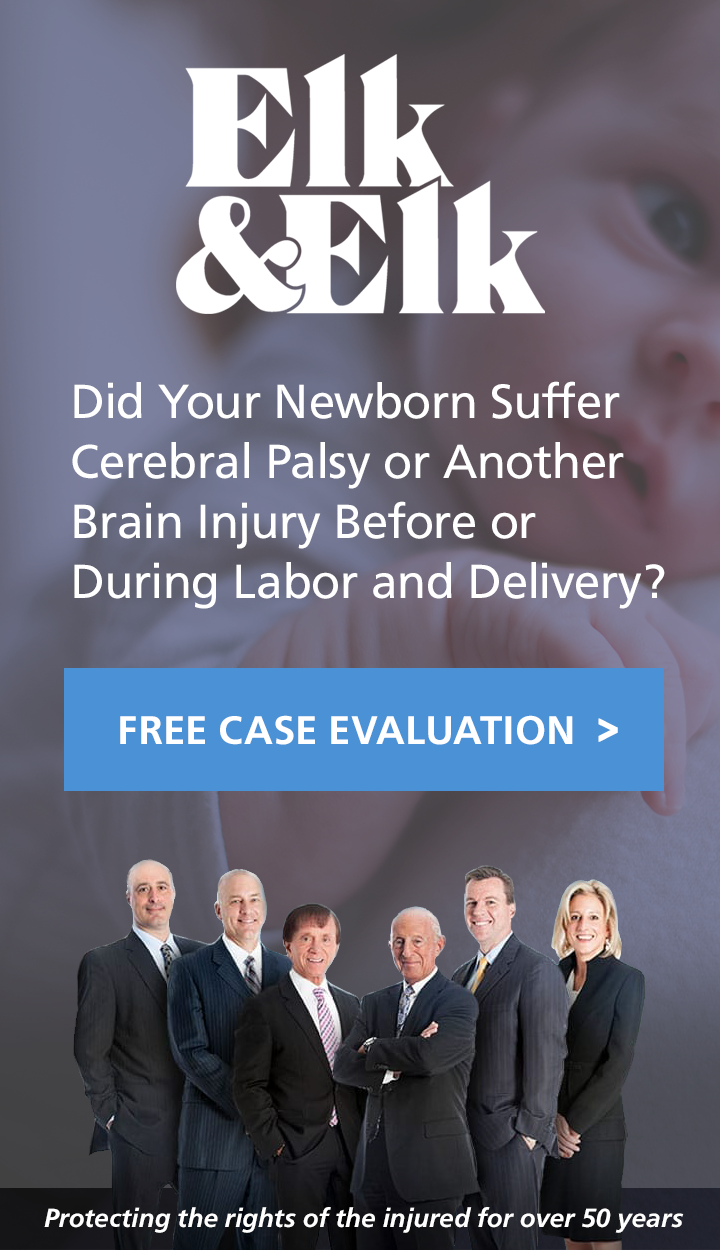Maternal Death: Antepartum Hemorrhage, Non-Obstetric Causes, Cervical Cancer
There are many different reasons why a woman may experience excessive blood loss during and after the labor and delivery process.
Get A 100% Free CASE EvaluationPhysicians and other medical personnel working with the mother during labor and delivery should be prepared to respond to emergency situations. There are both obstetric and nonobstetric causes of APH or antepartum hemorrhage.
A diagnosis of cervical cancer can be overwhelming for a patient, but the stakes are even higher when that patient is also pregnant. The OBGYN and other doctors assisting with prenatal and postnatal care must understand how to appropriately monitor a woman who has a diagnosis of cancer of the cervix and is carrying a baby. The risk of loss of blood can be higher when cancer is present.
What Causes APH?
While some blood loss is normal in the birth process, severe antepartum hemorrhage is a serious condition that can often go unrecognized and can compromise the life of the mother. A great deal of lost blood can put the woman at considerable risk. Some of the most common causes of APH include:
- Birth canal wounds
- Failure to completely deliver the placenta
- Maternal bleeding disorders that prohibit blood clotting
- A loss of muscle tone in the uterus after birth
Risk Factors for Excessive Blood Loss After Delivery
Certain risk factors can increase the chances of excessive blood loss or APH, including:
- A first pregnancy
- Obesity
- Preeclampsia
- History of previous antepartum hemorrhage
- Multiple babies in the current pregnancy
Other complications can occur during the labor and delivery process that can increase the chances of a woman suffering from APH. These include interventions such as augmented labor methods that can speed up the progression of labor, or vacuum delivery.
A Doctor’s Involvement in Identifying APH and Other Problems During and After Labor
A doctor should be prepared to monitor the symptoms and signs of post-partum hemorrhage. The first sign is heavy vaginal bleeding, but this can also be accompanied by increased heart rate, light headedness and fainting and swelling and pain in the vaginal area. Abnormal vaginal bleeding can also be an indication of cervical cancer.
Any patient who is currently diagnosed with cervical cancer or shows other risk signs for this medical condition needs to report this to his or her doctors as soon as possible. Understanding the risk factors that can increase someone's chances of APH are critical and can even save a patient's life.


